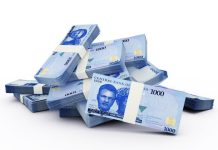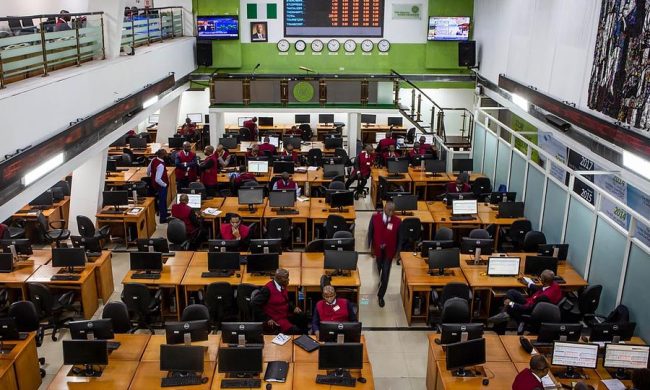The European Single Currency, euro, slumped on Thursday, June 14, as the European Central Bank planned to keep interest rates at record lows into the summer of 2019 and extended its massive bond purchase program through the end of this year.
The ECB’s move to protract monetary stimulus came amid jitters about slowing growth in the euro zone, political turmoil in Italy and global trade tensions, analysts said.
“We didn’t discuss when to raise rates,” ECB President Mario Draghi said at a press conference following the central bank’s policy meeting.
That stance contrasts with the steady rate hike campaign that the U.S. Federal Reserve signalled on Wednesday.
The ECB’s willingness to preserve its easy-money policy as part of an effort to boost the euro zone economy soured bullish bets on the single currency and caused traders to pile into the dollar and yen.
“The market was caught wrong-footed as the rates would be on hold into mid-2019,” said Peter Ng, senior currency trader at Silicon Valley Bank in Santa Clara, California.
At 1:17 p.m. (1717 GMT), the euro was down nearly 1.4 percent at $1.1628 after briefly posting its steepest daily drop against the dollar in nearly two years.
Against the Japanese yen, the single currency slid 1.3 percent to 128.44 yen for its biggest one-day fall in more than two weeks.
Investors now price only a 30 percent chance of a rate hike of 10 basis points by July 2019, compared with a roughly 80 percent chance earlier in the day.
The U.S. central bank, however, is expected to raise short-term interest rates two more times in 2018 and likely to lift them three times in 2019, according to a Reuters poll.
The Fed, as expected, raised rates by a quarter of a percentage point to a range of between 1.75 and 2.00 percent on Wednesday, citing a solid U.S. economy and labour market.
“The two meetings highlight the vast divergence between the two central banks,” said John Sidawi, who manages Federated Investors’ Global Total Return Bond Fund in Pittsburgh.
Earlier on Thursday, the government said domestic retail sales grew 0.6 percent in May, more than analysts’ expectations and the biggest gain in six months.
While the Fed and ECB provided much of the week’s central bank fireworks, the Bank of Japan began a two-day policy meeting with virtually no one forecasting changes to its stimulative policy given recent signs of slowing growth.














